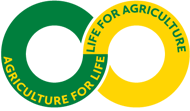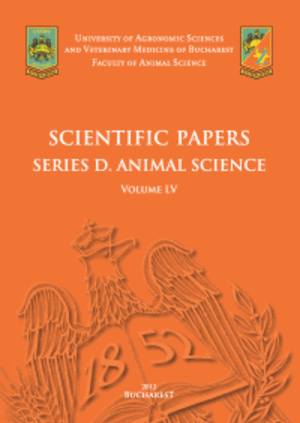Published in Scientific Papers. Series "Management, Economic Engineering in Agriculture and rural development", Vol. 24 ISSUE 4
Written by Eghosa Osas UWAGBOE, Adejoke Adebusola ADELUSI, Francis Adetunji ADESIDA
A comprehensive Integrated Pest Management (IPM) is an ecosystem approach to control insect and disease pests to minimize the use of pesticides. Cross River State was purposively selected based on training done by International Institute of Tropical Agriculture (IITA) through Sustainable Tree Crop Programme. The study explored the determinants of adoption behaviour. A systematic sampling technique was used to select a total of 108 IPM trained respondents. Structured questionnaire was used to gather information on farmers’socio-economic factors affecting IPM Adoption, determine the IPM adoption behaviour of farmers and ascertain the constraints experienced from IPM adoption. Male respondents were 81.5% while the females were 18.5%. Majority (65.1%), were between the age range of 41 and 60 years which is an indication that they were still in their prime age. Majority (94.4%), of the respondents were educated and majority (97.2%) of the farmers own small farms between 1 and 5 ha. Most of the respondents rated inaccessibility to market information as the highest constraint affecting IPM adoption with a Weighted Mean Score of 0.8. Majority (79.6%) had high level of intensity of IPM adoption while most of the respondents rated both pest monitoring and planting resistant varieties as the highest rate of adoption with a score of 2.9. A significant relationship exists between sex (X2 =42.815, p<0.05), age (X2 =65.148, p<0.05), education (X2 = 40.426, p<0.05), years of experience (X2 =110.333, p<0.05), and adoption behaviour. The contingency coefficient (CC) shows very strong relationship of sex 0.5328, age 0.6134, marital status 0.7758, education 0.5218 and years of experience 0.7108 with adoption behaviour. Farmers need to be encouraged in adopting IPM through marketing information that would reduce extortion of the farmers by local buying agents.
[Read full article] [Citation]

 Next Issue will be published according the the calendar.
Next Issue will be published according the the calendar.



